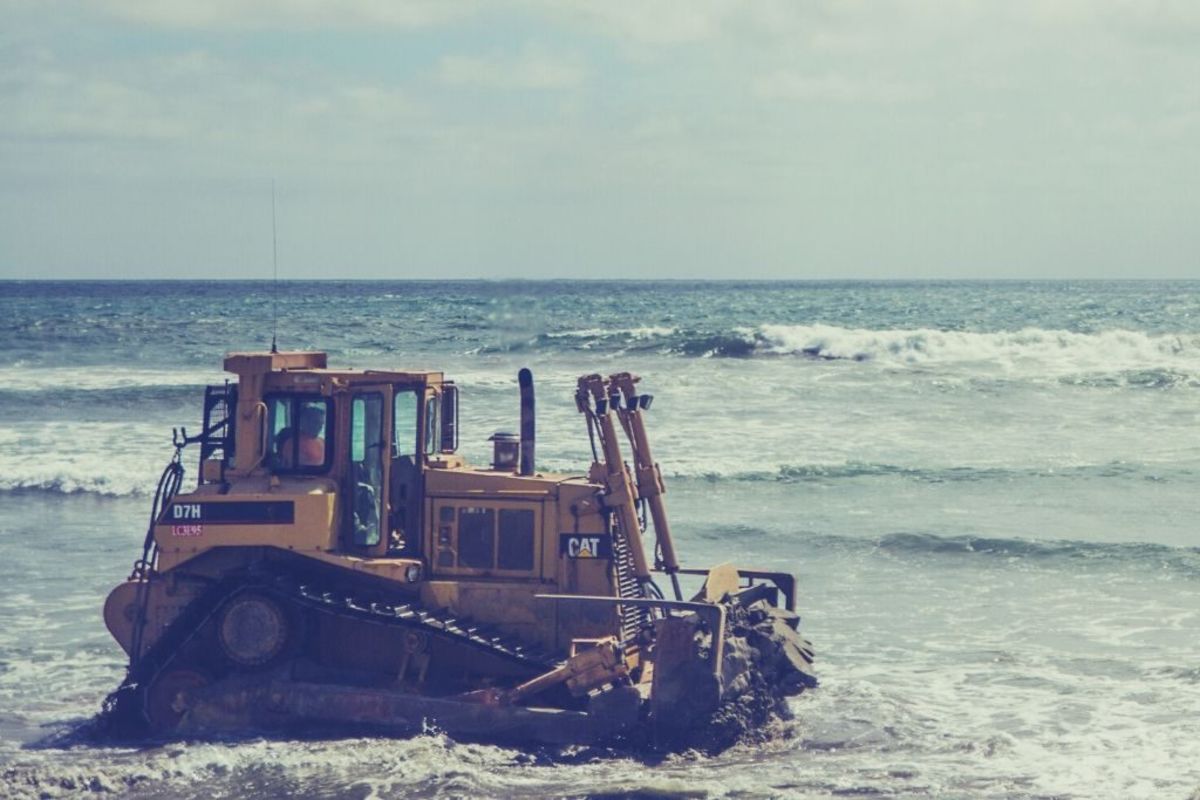
dormakaba Editorial Team

Stephanie Ossenbach
Stephanie is an environmental scientist and responsible for driving the sustainability strategy at dormakaba. With her many years of experience, she is committed to the continuous improvement of social and environmental management and how the company contributes to the UN Sustainable Development Goals.
Related articles

Technology
Will Deepfake Threats Compromise Cybersecurity in 2025?

Urbanization
Cheonggyecheon: How a Reclaimed River Brought Life to Seoul
South Korea's story is one of phenomenal economic growth and rapid urbanization. Following the devastating Korean War between 1950 and 1953, in just a few short decades, Seoul transformed from a war-torn city into a bustling megacity, as South Korea flourished as a global leader in technology and innovation.

Technology
What Your Face Reveals: Biometric AI Detects Emotions, Illnesses, and Even Your Vote
Beyond ID checks, facial recognition powered by biometric AI now reads emotions, monitors health patterns, and forecasts behavior.